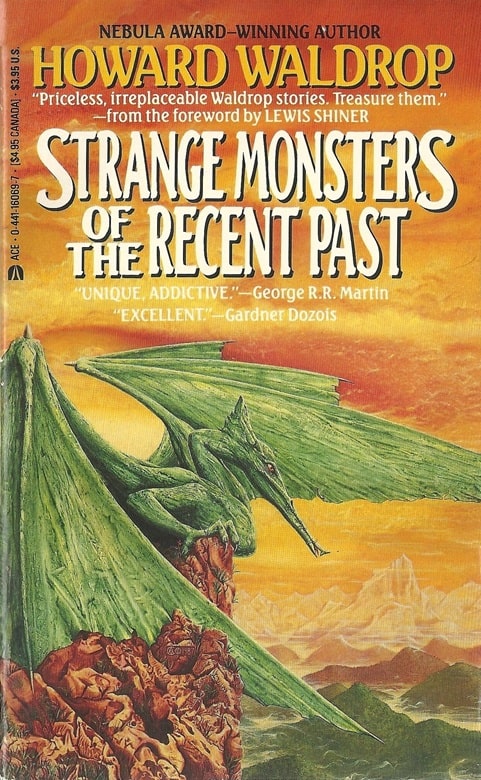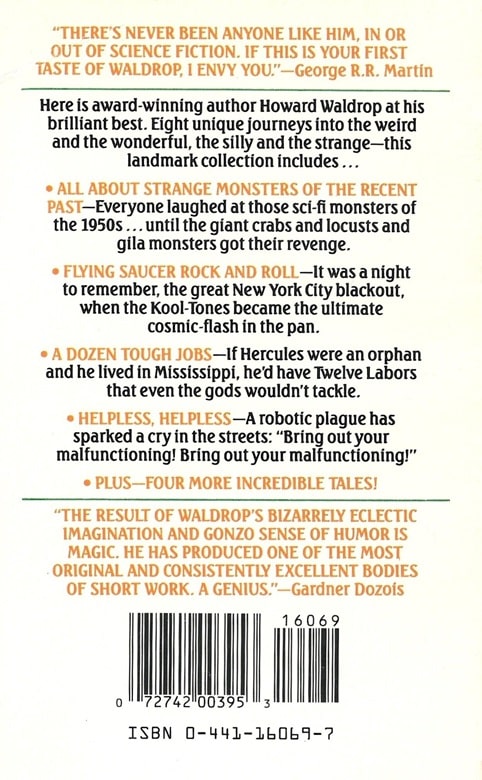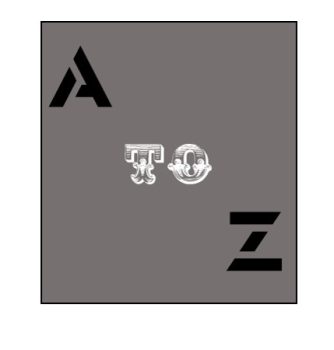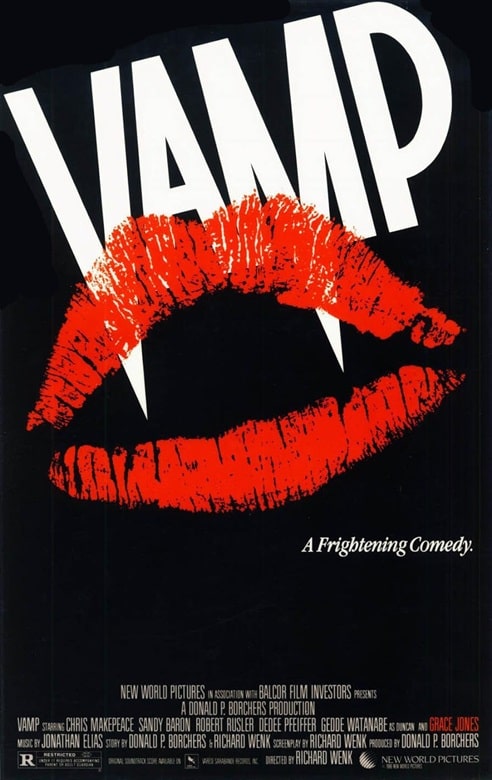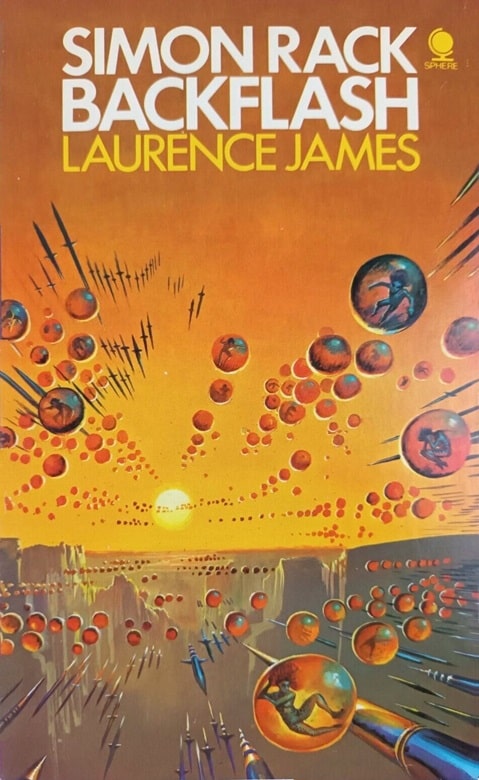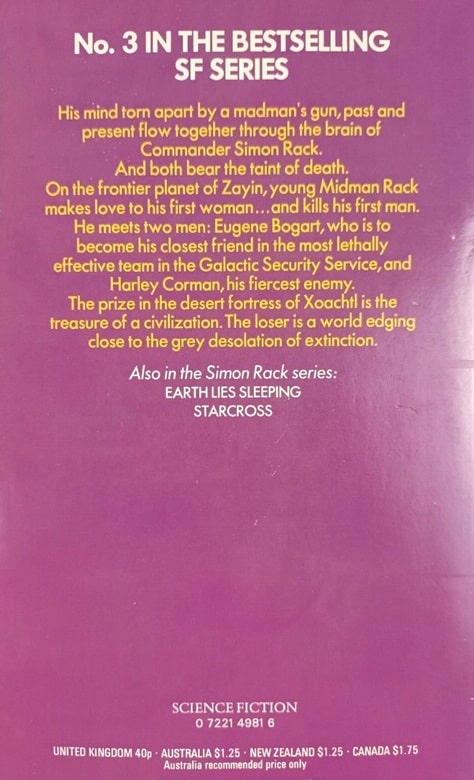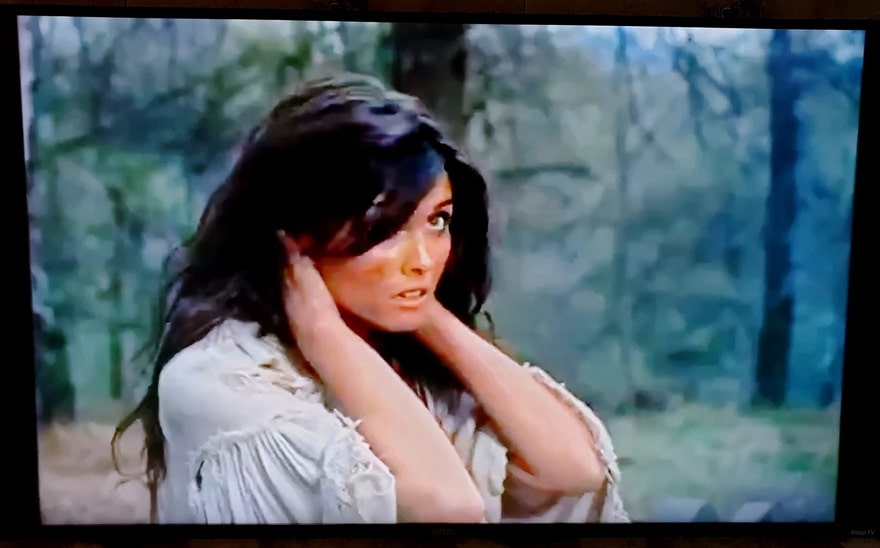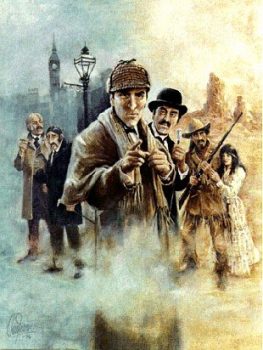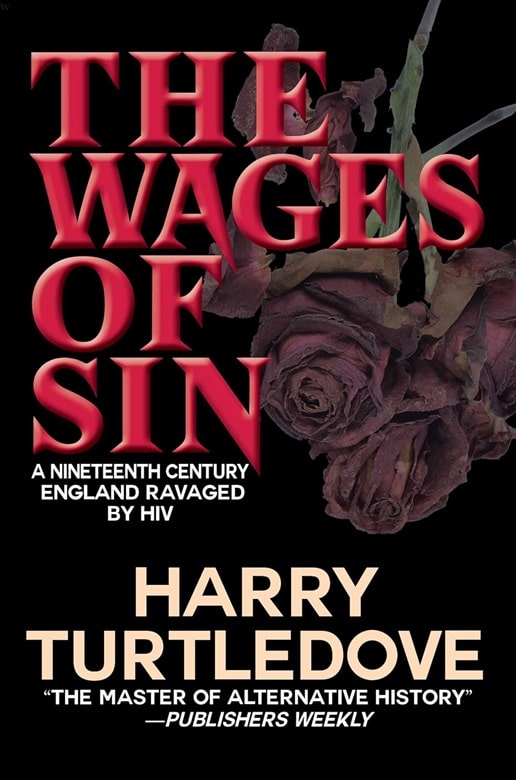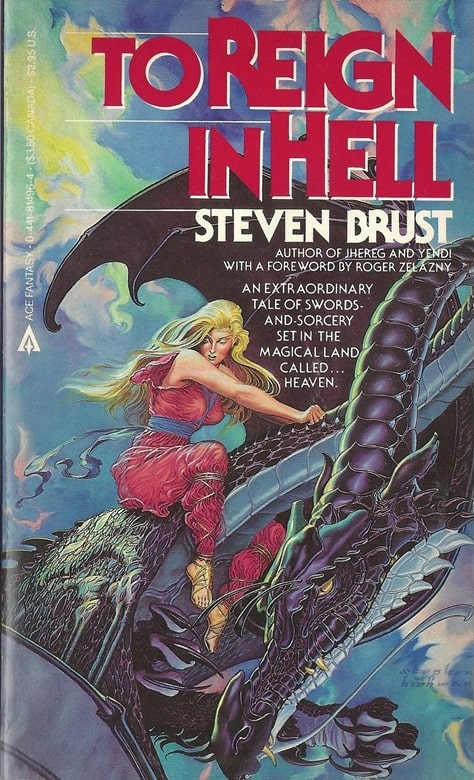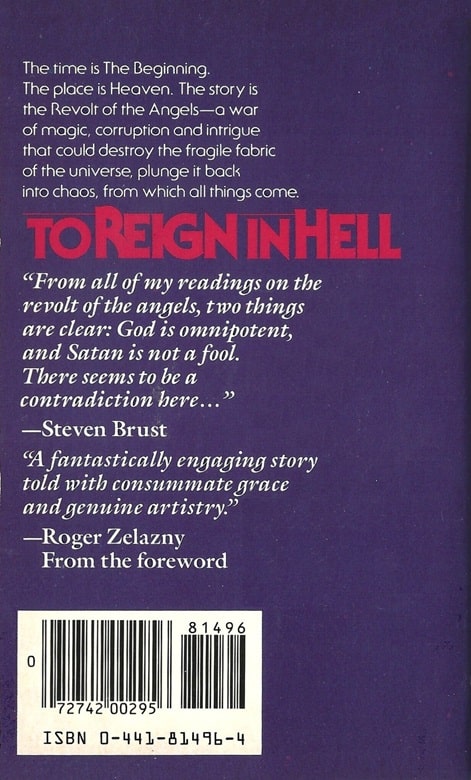The Public Life of Sherlock Holmes: Doyle’s Favorite SH Adventure (Doyle on Holmes)
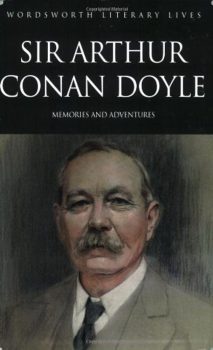 And it’s another essay by Arthur Conan Doyle about his famous detective. This was also the last one he wrote, appearing in The Strand in March of 1927.
And it’s another essay by Arthur Conan Doyle about his famous detective. This was also the last one he wrote, appearing in The Strand in March of 1927.
The fifth and final short story collection, The Casebook of Sherlock Holmes, was due out shortly.
He wrote a piece to announce a contest for readers of The Strand to name their twelve favorite Holmes stories. He would make his own list and see how they compared. The response with the closest list to his would win a $100 check and an autographed copy of his autobiography, Memories and Adventures. One hundred more people would win autographed copies of the autobiography (no check).
There are actually four components to this. The announcement, written by someone at The Strand, was A Sherlock Holmes Competition.
Doyle’s accompanying essay was Mr. Sherlock Holmes to His Readers.
In June, someone at The Strand wrote The Sherlock Holmes Prize Competition: The Result.
Which was accompanied by Doyle’s essay, How I Made My List.
So Doyle wrote an essay to announce the contest, and another a few months later, to name his favorite stories. Each of those two essays was accompanied by some in-house text, with its own title.
Clear as mud? Okay, let’s go!
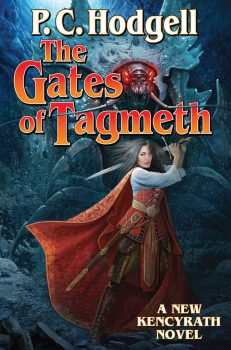 One of the
One of the 